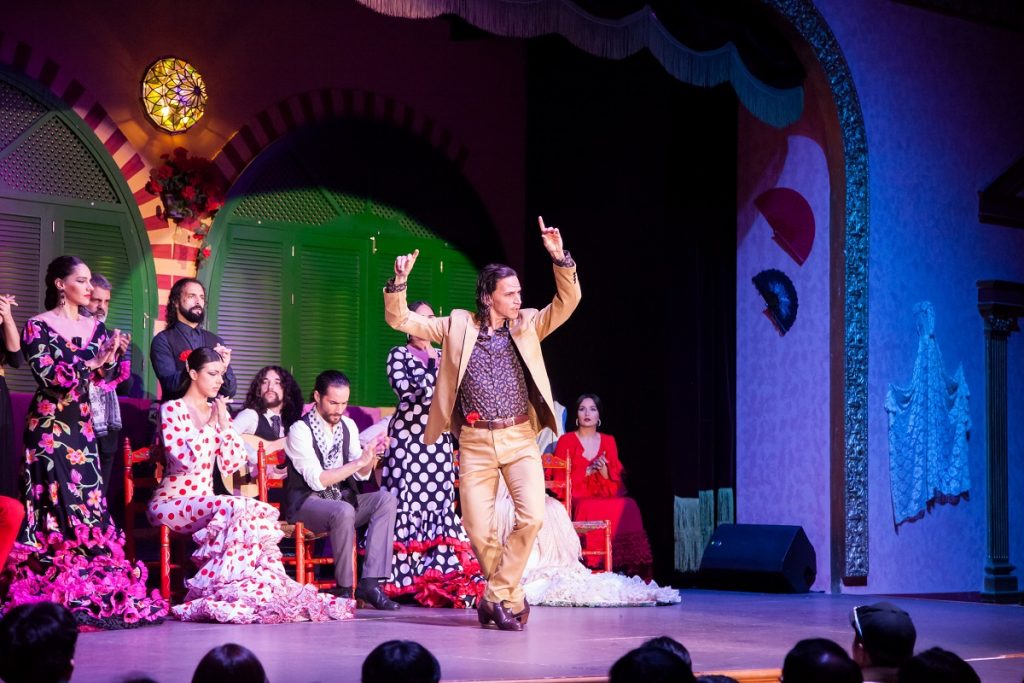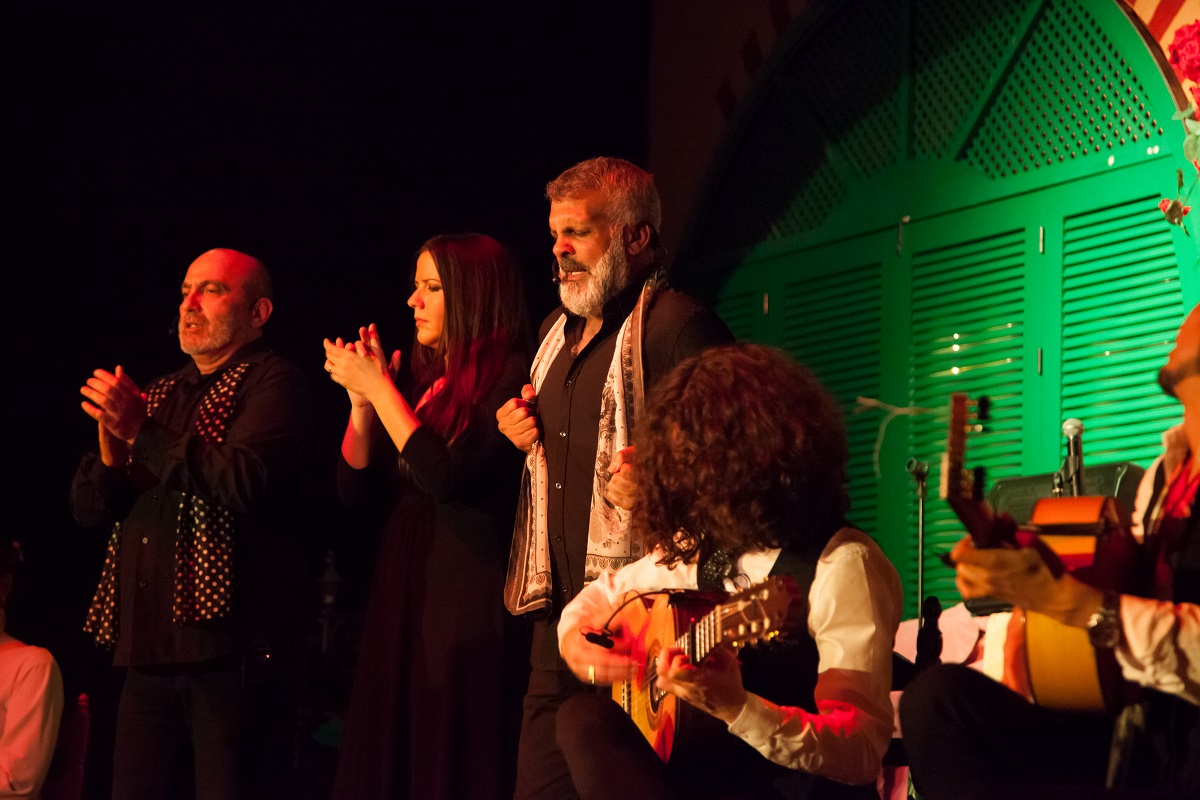
The seguiriya is one of the oldest flamenco styles that exist and a benchmark of the cantes jondos. It is a style that is characterized by having a dramatic tone and is considered as the basis of many current songs and dances.
Also known as seguirilla, siguerilla or seguiriya, it is one of the pillars of the purest flamenco, forming the backbone of this artistic genre along with the soleá and bulería.
As with other aspects of flamenco, the origin of the seguiriya is uncertain. You have to go back to the end of the 18th century to find the first references of a style that would derive from the primitive tonás, being Cádiz and Sevilla, with Jerez, the Ports and the Triana neighborhood, geographical points referring to the birth of this style.
As we have advanced, the seguiriya has a bleak character, something that translates into the presence of much complaining and little lyrics. In fact, one way to identify this flamenco style is to pay attention to the achievement of ‘ayes’ that it has.
This tragic element that the seguiriya possesses may be motivated by the belief that it is a style that comes from the plañideras, women who were hired to sing in the wake. Since it was a song of mourning, death is very present in the letters of this style.
It is a song that has the basic values of what is known as the jondo and pure song. His lyrics are of pain, tragic, which reflects the suffering of human relationships, love and death.
From the musical aesthetics of the seguiriya, are inspired many flamenco styles such as dry styles songs (without guitar) or malagueñas, among others.
The origin of the seguiriya has been a real headache for musicologists, but they have come to determine that the metric of this style reverses the order of the compasses of the soleá, that is, 3×4 + 6×8.

The oldest modalities of this style were interpreted without music, something that also happens with tonás. Currently, the seguiriyas do have the accompaniment of the guitar. The continuous changes of tone and nuances, make this one of the most difficult songs to interpret.
As for the dance, it was Vicente Escudero who first incorporated it in 1940. It is characterized by being a solemn, leisurely, ceremonial and devoid of ornamentation style.
The seguiriya has a structure of four hexasyllable verses, except the third one, which is endecasyllabic. This syllabic model is related to the jars. Rhymes the second verse with the fourth, both in consonant and assonance. It is a very emotional flamenco style, in which the feeling prevails over its structure or form.
It is not uncommon to meet seguiriyas that have different metrics than we have indicated. There are different types of seguiriyas and in many cases they are linked to a specific interpreter. For example, in Triana he is known in cante for seguiriyas from Frasco el Colorado; in Cádiz that of El Planeta; or in Jerez, that of La Niña de los Peines.
Like any flamenco club, the seguiriya has a formal structure that characterizes and differentiates it from other styles, both in singing and dancing.

In singing, the seguiriya follows the following formal structure:
The beginning is marked by the blunt strumming of the guitar and finished off with short and marked attacks, which give entry to the flamenco singer. The classic exit of the singing is on the tarabilla tiritirí, as a call for attention to the public.
Upon departure, the singer performs a short song of great emotional intensity.
The guitarist finishes the song with the usual strummed and makes a variation according to the type of seguiriya that is being interpreted. Next, the cantaor or cantaora questions a brave song.
Finally, after the closing of the guitar, the lyrics of change, give a prelude to the end that the guitarist will close, insistently marking the beat.
As for the dance, there has been an evolution from Vicente Escudero to the version proposed by Pilar López, who decided to include the castanets in the interpretation of this flamenco style. Taking into account the characteristics of the seguiriya, this dance is bleak and solemn.
It highlights the exit, which consists of a long walk, and the stitches are combined with the displacements. It is a style loaded with temperament, which alternates soft markings, with zapateados and ‘escobilla‘ in the high part.

Without a doubt, the best way to enjoy this flamenco style is to go to a live show. It is the best way to appreciate the emotional character that characterizes the seguiriya, both in the interpretation of singing and in dancing.
This is one of the styles that are part of the daily flamenco show held at El Palacio Andaluz, hence if you visit Seville we invite you to enjoy the seguiriya interpreted by our artists. It is a real luxury, watch both splurge and live art.
You can make your booking online and choose the best day for your plan to enjoy a flamenco style with history in our tablao, located on the emblematic Isla de la Cartuja in Seville. We will wait for you!
© 2024 El Palacio Andaluz. All rights reserved.